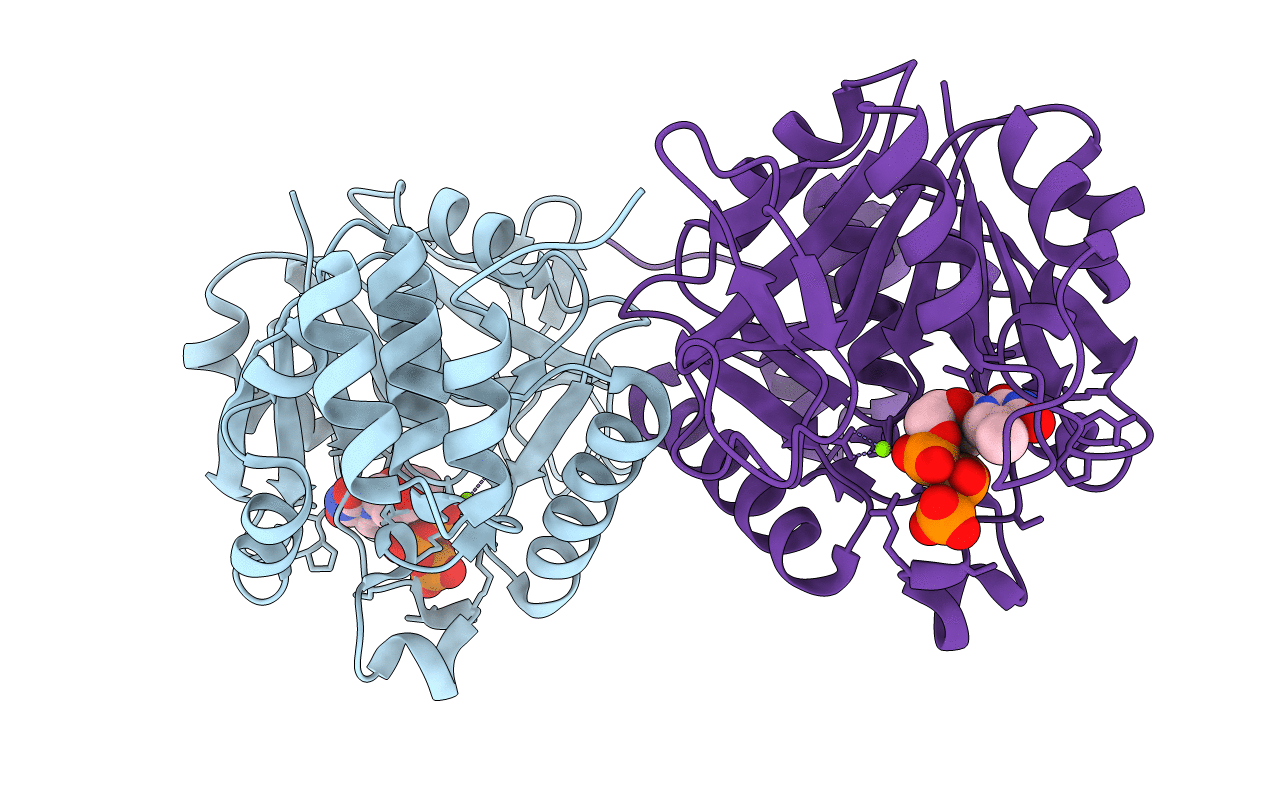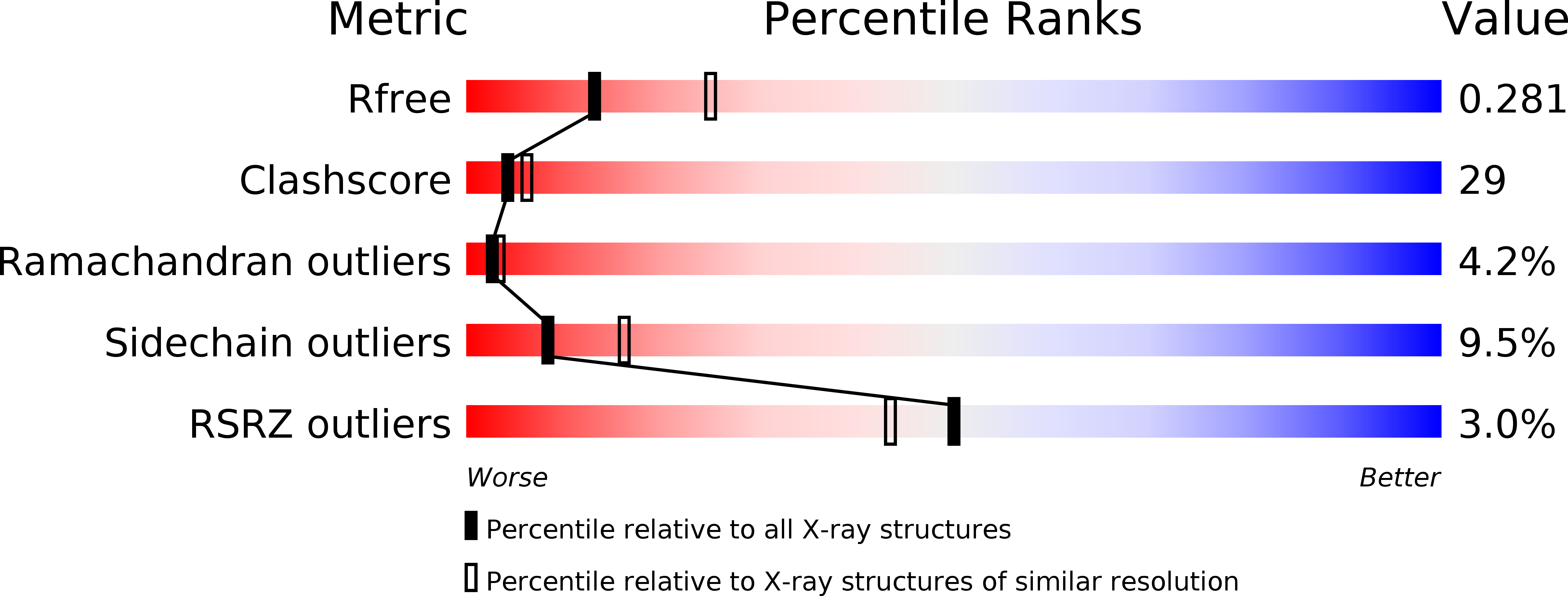
Deposition Date
2002-08-05
Release Date
2002-11-20
Last Version Date
2024-10-30
Method Details:
Experimental Method:
Resolution:
2.60 Å
R-Value Free:
0.28
R-Value Work:
0.22
Space Group:
P 21 21 2


